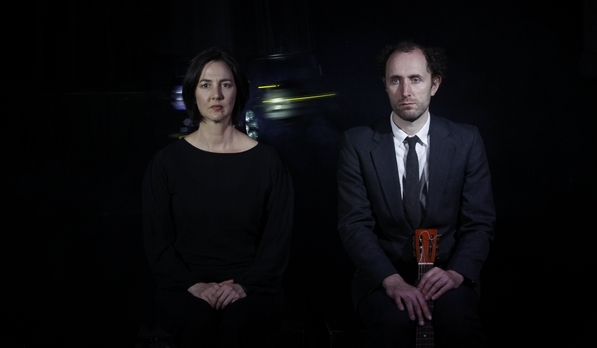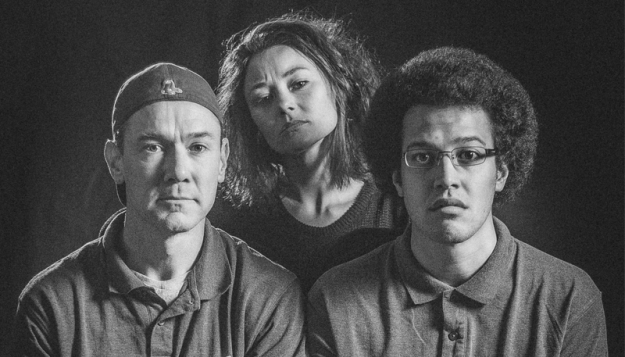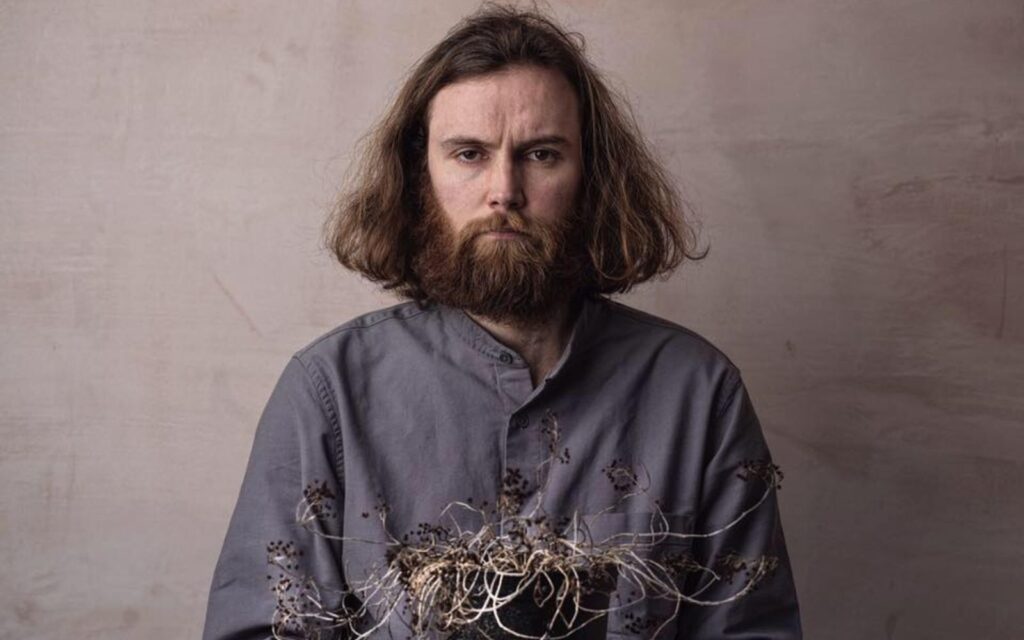“When you sit down and really talk to people about death in a meaningful way, they’re very interested and happy to share those experiences,” Saulwick says. “In a way this piece is just creating a space for people to come into and for people’s stories to be heard and evoked.”
In order to piece Endings together, Saulwick spent a lot of time interviewing people about death. Throughout the performance, a couple of portable 1960s record players emit recorded snippets from these interviews. While Saulwick’s now become an expert interlocutor on the subject of death, the interviews initially covered broader territory. “I started off with not just life ending, but all sorts of endings in our lives,” she says. “It could be a phase of our life or endings of books or whatever.”
However, as things progressed, death revealed itself as an especially compelling focus. “In those conversations I was asking people their thoughts on death, what it means, their own sense of mortality, loved ones they may have lost, and I’ve ended up taking tiny fragments out of those recordings and using them in the show. A kind of narrative emerges through this multi-voicing, but it’s not a narrative piece in the traditional sense of the word. There’s more this sense of a theme and they start to unfold aspects of the theme.
“There’s also this other narrative that’s embedded and goes through the work,” Saulwick adds, “which is really to do with me and my dad dying. So there’s a couple of sections that are interviews with clairvoyants who did readings for me trying to contact my father. So that real world dying stuff sits in amongst these other conversations about what occurs beyond death.”
In spite of the wonders of modern science, death remains a stubborn inevitability. Though, in contemporary society, we do have established notions about when and how it is normal to die. It’s this relatively-normal ending to life that Saulwick’s interviews explore. “I haven’t at all gone into the territory of untimely death and the trauma associated with that,” she says. “All of the stories we’ve gathered about have been about people at the end of their lives.”
With help from composer Peter Knight and songwriter Paddy Mann (aka Grand Salvo), Endings is also a highly-musical affair. “It’s almost like a performed concert,” Saulwick says. “It really sits somewhere between concert and theatre. Most of the material does emerge out of sound.”
Knight largely stands in the shadows, processing and looping his recorded score through a Revox reel-to-reel tape recorder. Mann, on the other hand, joins Saulwick in the thick of the action. “Paddy’s principally a musician, but he’s helping to manifest a lot of the sound that’s happening on stage,” she says. “The interviews have been cut onto these vinyl records and Paddy and I physically DJ the records so that you’re getting one voice then another then another and they interlock. He assists in all of the movements of lights and operating the sound-making machine and then also at times does his beautiful singing, sometimes with guitar, sometimes not. There’s a Grand Salvo song in the piece, Flowers from his album Soil Creatures. Then there’s others that he’s written for the piece. I think of them as songs, but structurally he thinks of them a bit differently from songs he would write for an album.”
Along with the added visual allure, Saulwick chose to implement archaic technology in order to further accentuate the work’s core theme. “It’s the fact that [the record players and reel-to-reel recorder] are kind of redundant,” she says. “Also, the vulnerability of these machines – the fact that they feel like they’re on the verge of death the whole time – you turn them on and ghost sounds start coming out of them or they start feeding-back. There’s so many things about them that resonate with the theme, from their fragility to their unpredictability. The reel-to-reel recorder can’t help but evoke ‘60s sci-fi sensibilities and immediately other worlds and parallel universes starting jutting into your head.”
Saulwick’s evident attraction to death might suggest there’s an underlying morbidity to Endings. However, while developing the piece, she was rigidly opposed to taking it down a grim or soppy pathway.
“They’re the two traps if you’re dealing with this theme,” she says. “I didn’t want it to be ghoulish either. The thing that was really fantastic about the Sydney season – [Sydney Festival, January 2015] – was that the adjectives that people were describing it with were ‘life-affirming’ and ‘uplifting’. In that sense, even though we say it’s about death, I think it’s much more about life. It’s about love, it’s about the desire of the living to connect with loved ones always, whether they’re alive or dead.”
BY AUGUSTUS WELBY







